Home>Articles>What Happens If Water Gets Into An Electrical Box
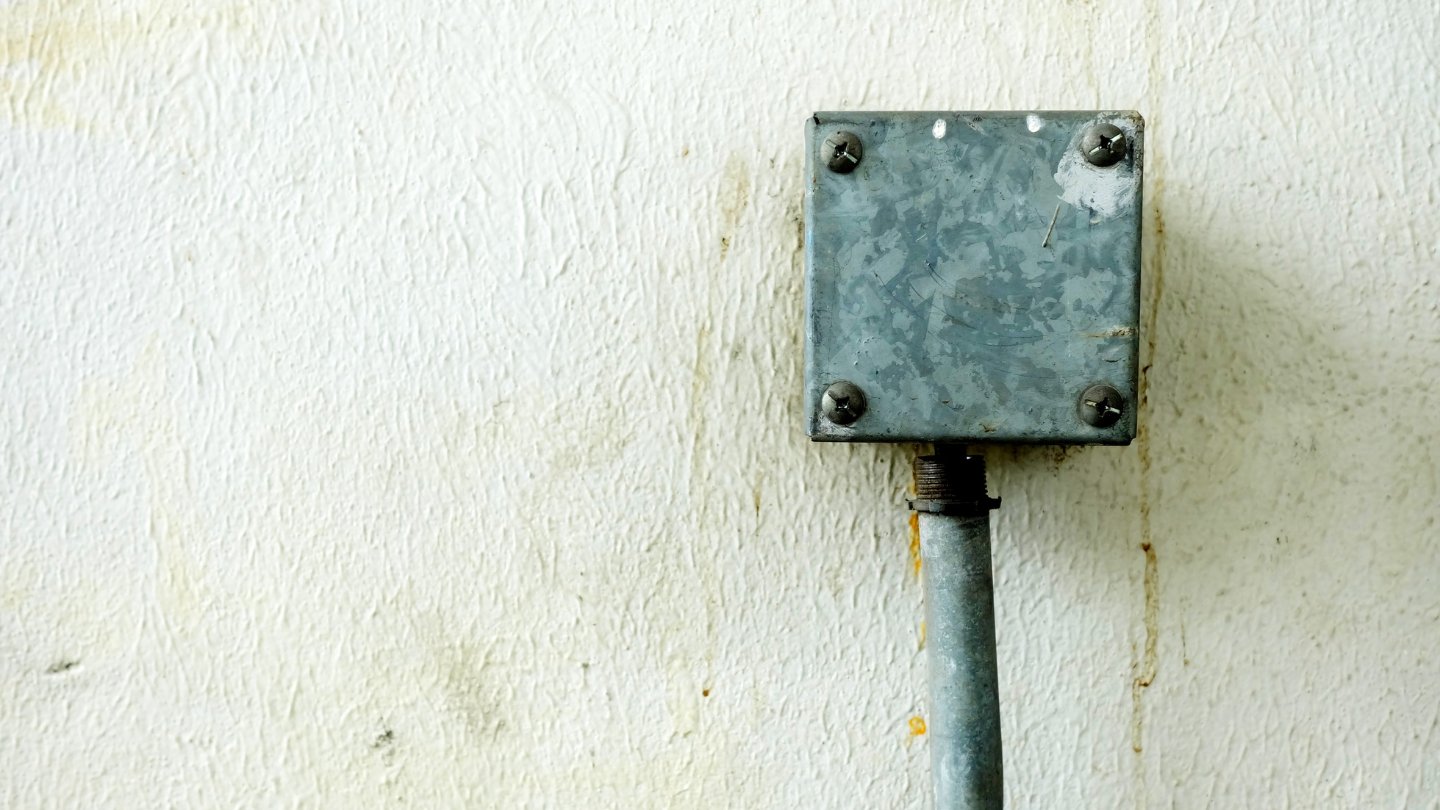

Articles
What Happens If Water Gets Into An Electrical Box
Modified: March 25, 2024
Find out the potential dangers of water entering an electrical box in this informative article. Stay informed and prevent electrical hazards.
(Many of the links in this article redirect to a specific reviewed product. Your purchase of these products through affiliate links helps to generate commission for Storables.com, at no extra cost. Learn more)
Introduction
Water and electricity are a dangerous combination. When water gets into an electrical box, it can pose serious hazards and lead to various electrical problems. Whether it’s a leaky roof, a burst pipe, or flooding, any source of water near electrical equipment can put you at risk of electrical shock, short circuits, fires, and damage to appliances and devices.
In this article, we will explore the dangers of water in an electrical box, the potential causes of water entry, signs that indicate water presence, the risks and consequences, steps to take if water gets into an electrical box, and preventive measures to keep water out of electrical boxes.
Understanding the potential risks and knowing how to respond is essential for maintaining a safe and functional electrical system in your home or workplace. So, let’s dive in and explore what happens when water finds its way into an electrical box.
Key Takeaways:
- Water in an electrical box poses serious risks, including electric shock, fires, and equipment damage. Promptly turning off power, contacting a qualified electrician, and implementing preventive measures are crucial for safety.
- Preventing water entry through proper sealing, regular inspections, and waterproof boxes is essential for maintaining a safe electrical system. Prioritizing safety and seeking professional help when needed can minimize potential hazards.
Read more: What Happens If An Electric Motor Gets Wet
The Dangers of Water in an Electrical Box
Water in an electrical box can result in severe dangers and risks to both property and personal safety. When water comes into contact with electricity, it becomes a conductor, allowing the current to flow where it shouldn’t, leading to potential electric shock and fires. Here are some of the main dangers of water in an electrical box:
- Electrical Shock: The presence of water in an electrical box increases the risk of electric shock. If you touch any part of the box or an electrical component while it’s wet, you are putting yourself at great risk. Electric shock can cause severe injury or even be fatal.
- Short Circuits: Water can create a short circuit in the electrical system. A short circuit occurs when the current follows an unintended path due to the presence of moisture or a conductive material. This can lead to the circuit breaker tripping or even a fire.
- Fires: When water enters an electrical box, it can cause electrical sparks or arcing. These sparks can ignite nearby flammable materials, such as insulation or wood, resulting in a fire. Electrical fires can spread quickly and cause extensive damage to the property.
- Appliance and Equipment Damage: Water in an electrical box can damage appliances, devices, and electrical equipment. The moisture can corrode metal components, disrupt circuits, and cause malfunctions. This damage can lead to costly repairs or the need for replacements.
- Electrical System Failure: If water remains in an electrical box for a prolonged period, it can cause the entire electrical system to fail. Moisture can deteriorate wiring, connections, and circuit breakers, rendering them ineffective. This can lead to power outages and the need for extensive rewiring.
It is crucial to be aware of these dangers and take immediate action if you suspect water has entered an electrical box. Ignoring the issue or attempting DIY repairs without proper knowledge and equipment can have catastrophic consequences. Always prioritize your safety and consult a qualified electrician for assistance.
Potential Causes of Water Entry into an Electrical Box
Water can find its way into an electrical box through various means. Understanding the potential causes can help you take preventive measures to minimize the risk of water entry. Here are some common reasons why water may enter an electrical box:
- Leaks or Seepage: One of the most common causes of water entry is through leaks or seepage in the building’s structure. This can occur due to a leaky roof, gaps in windows or doors, cracks in the walls, or faulty plumbing. When water infiltrates the building, it can flow into electrical boxes and pose significant risks.
- Flooding: Severe weather conditions, such as heavy rainfall or flooding, can result in water entering the building and reaching electrical boxes. Flooding can be particularly hazardous as it can cause significant damage to the electrical system and heighten the risk of electrical shock or fire.
- Pipe Breaks or Plumbing Issues: Burst pipes or plumbing issues can lead to water flowing into walls, ceilings, or floors, potentially reaching electrical boxes. Faulty plumbing connections or damaged pipes can cause water to leak or spray near electrical installations, making them susceptible to moisture damage.
- Inadequate Sealing: Poor sealing around electrical boxes or insufficient insulation can allow water to seep into the box. It is essential to ensure that electrical boxes are properly sealed and adequately protected from moisture to prevent water intrusion.
- Condensation: In humid environments, condensation can occur, leading to the accumulation of water droplets. If electrical boxes are located in areas with high humidity levels, such as basements or crawl spaces, condensation can build up and cause water entry.
Identifying the potential causes of water entry into electrical boxes is the first step in prevention. Regular inspections, maintenance, and addressing any issues promptly can help mitigate the risk of water damage and ensure the safety and functionality of the electrical system.
Signs of Water in an Electrical Box
Detecting the presence of water in an electrical box is crucial for addressing the issue promptly and preventing further damage. Here are some signs that may indicate water entry into an electrical box:
- Visible Moisture: One of the most obvious signs is the presence of visible moisture or water droplets inside the electrical box. This may appear as dripping water, wet surfaces, or puddles.
- Burning Smell: If water has made contact with electrical components, it can result in a distinctive burning smell. This smell is often caused by water reaching hot electrical connections or wires, causing them to short circuit or overheat.
- Electrical Malfunctions: Water in an electrical box can lead to various electrical malfunctions. If you notice lights flickering, outlets not working, or appliances behaving erratically, it could be a sign that water has entered the electrical box.
- GFCI Tripping: Ground Fault Circuit Interrupters (GFCIs) are designed to detect electrical ground faults and protect against electrical shock. If water has entered the electrical box, it can cause GFCIs to trip frequently, cutting off the power to the circuit.
- Corrosion or Rust: Water can corrode or rust metal components inside the electrical box. If you notice signs of corrosion, such as discolored or rusty screws, connectors, or wires, it may indicate water damage.
- Discolored or Damaged Wiring: Water in an electrical box can cause the insulation on wires to degrade or become discolored. If you see any signs of damaged or discolored wiring, it is a clear indication of water intrusion.
- Tripped Circuit Breakers: Water in an electrical box can cause short circuits, leading to the tripping of circuit breakers. If you frequently experience tripped breakers without any apparent reason, it may be due to water-related issues.
If you notice any of these signs, it is crucial to take immediate action to ensure your safety and prevent further damage. Turn off the power to the affected circuit at the circuit breaker and contact a qualified electrician for inspection and repairs.
Ensure the power is off before attempting to dry out the electrical box. Use a hairdryer or fan to dry it thoroughly, and consider using a moisture-absorbing product like silica gel to prevent future moisture buildup.
Risks and Consequences of Water in an Electrical Box
Water in an electrical box poses significant risks and can have severe consequences if not addressed promptly. Here are some of the risks and consequences associated with the presence of water in an electrical box:
- Electrical Shock: If you come into contact with water in an electrical box, there is a high risk of electric shock. Electric shock can cause serious injury or even be fatal, depending on the voltage and the duration of exposure.
- Fires: Water can cause electrical sparks or arcing in an electrical box. These sparks can ignite nearby flammable materials, leading to fires. Electrical fires can spread quickly and pose a significant threat to life and property.
- Property Damage: Water in an electrical box can damage appliances, devices, and electrical equipment connected to the affected circuit. It can cause corrosion, short circuits, or malfunctions, leading to costly repairs or replacements.
- Electrical System Failure: Prolonged water exposure can result in the failure of the entire electrical system. The moisture can deteriorate wiring, connections, and circuit breakers, rendering them ineffective. This may lead to power outages and the need for extensive rewiring.
- Mold and Mildew Growth: Water in an electrical box can create a favorable environment for mold and mildew growth. Mold can spread throughout the building, negatively impacting indoor air quality and causing respiratory issues, allergies, and other health problems.
- Increased Repair and Maintenance Costs: Dealing with water damage in an electrical box involves additional repair and maintenance costs. These costs can quickly add up, especially if the water has affected multiple electrical boxes or components.
- Downtime and Inconvenience: If water damage leads to electrical system failure or the need for repairs, it can result in downtime and inconvenience. This can disrupt regular activities, affect productivity, and cause inconvenience for residents or occupants.
It is essential to be aware of these risks and consequences and take immediate action if water enters an electrical box. Ignoring the issue or attempting to handle it without proper knowledge and expertise can lead to serious injury, property damage, or further electrical problems. Always prioritize your safety and seek assistance from a qualified electrician to mitigate these risks effectively.
Read more: What Happens If Water Pump Fails
Steps to Take if Water Gets into an Electrical Box
Discovering water in an electrical box can be alarming, but it’s essential to respond promptly and take appropriate steps to ensure your safety and minimize damage. Here are the steps to follow if water gets into an electrical box:
- Turn Off the Power: The first and most crucial step is to turn off the power to the affected circuit at the circuit breaker. This will eliminate the risk of electric shock and prevent further damage to the electrical system.
- Do Not Touch the Water or Electrical Box: It is essential to avoid coming into contact with the water or touching the electrical box. Water conducts electricity, so touching it can result in electric shock. Keep a safe distance and prioritize your safety.
- Contact a Qualified Electrician: It is strongly recommended to contact a qualified electrician to handle the situation. They have the expertise, knowledge, and proper equipment to assess the damage, make necessary repairs, and ensure the electrical system is safe and compliant with electrical codes.
- Document the Damage: Before the electrician arrives, take photos or videos of the water damage in the electrical box. This documentation can be helpful for insurance claims and for the electrician to understand the extent of the damage.
- Remove Wet Materials: If it is safe to do so, you can remove any wet materials near the electrical box, such as electrical insulation, wires, or other components. However, always prioritize safety and avoid handling anything if you’re unsure.
- Dry the Area: Use fans or dehumidifiers to dry out the surrounding area. Properly drying the area will help prevent further moisture damage and reduce the risk of mold or mildew growth.
- Inspect other Electrical Boxes: While addressing the immediate issue, it is a good idea to inspect other electrical boxes in your property as a precautionary measure. Look for signs of water entry and consult with the electrician to ensure the safety of the entire electrical system.
- Follow Electrician’s Recommendations: Once the electrician assesses the situation, they will provide recommendations for repairs and preventive measures. Follow their advice to prevent future water intrusion and maintain a safe electrical system.
Remember, water and electricity are a dangerous combination, and it’s always best to leave the handling of water in electrical boxes to professionals. Prompt action and involving a qualified electrician will ensure your safety and minimize potential damage to your property.
Preventive Measures to Keep Water Out of Electrical Boxes
Preventing water from entering electrical boxes is crucial for maintaining a safe and functional electrical system. Here are some preventive measures you can take to keep water out of electrical boxes:
- Proper Sealing: Ensure that all electrical boxes are properly sealed to prevent water intrusion. Use appropriate gaskets, seals, or waterproofing materials to create a tight barrier between the electrical box and the surrounding area.
- Waterproof Electrical Boxes: Consider using waterproof or weatherproof electrical boxes in areas prone to moisture, such as basements, garages, or outdoor installations. These boxes are designed to resist water penetration and offer enhanced protection.
- Location Considerations: When installing electrical boxes, choose suitable locations away from potential sources of water, such as plumbing lines, sinks, or areas prone to flooding. Keep them at a higher level to minimize the risk of water entry.
- Regular Inspections: Conduct regular inspections of electrical boxes to identify any signs of leaks, moisture, or damage. Look for discolored surfaces, rust, or wetness. Address these issues promptly to prevent further damage or water entry.
- Proper Ventilation: Ensure adequate ventilation in areas where electrical boxes are located, especially in damp or humid environments. Good airflow can help prevent condensation and reduce the buildup of moisture around electrical boxes.
- Maintain Building’s Exterior: Properly maintain the building’s exterior to prevent water from seeping in. Regularly inspect the roof, walls, windows, and doors for any leaks or gaps. Fix any issues promptly to prevent water infiltration near electrical boxes.
- Protective Covers: Use waterproof or weatherproof covers for outdoor electrical boxes to shield them from moisture, rain, or snow. These covers provide an extra layer of protection against water entry.
- Elevate Electrical Equipment: Raise electrical equipment, such as junction boxes or circuit breakers, above ground level in areas prone to flooding. This can help prevent the water from reaching these components during a flood or water-related incidents.
- Avoid DIY Repairs: When it comes to electrical work, it’s best to leave it to the professionals. DIY repairs can result in improper sealing or damage, increasing the risk of water entry. Always hire a qualified electrician for any electrical installations or repairs.
By implementing these preventive measures, you can significantly reduce the risk of water entering electrical boxes and safeguard your electrical system against potential damage, electrical shocks, and fires.
Conclusion
Water and electricity are a dangerous combination, and when water gets into an electrical box, it can lead to severe hazards and consequences. Electrical shock, fires, appliance damage, electrical system failure, and health risks are just a few of the potential dangers associated with water in an electrical box.
In this article, we have explored the dangers of water in an electrical box, the potential causes of water entry, signs of water presence, risks, and consequences. We have also discussed the steps to take if water gets into an electrical box and preventive measures to keep water out.
It is vital to prioritize safety when dealing with water in electrical boxes. If you suspect water has entered an electrical box, turn off the power, do not touch the water or box, and contact a qualified electrician for assistance. Ignoring the issue or attempting DIY repairs can lead to severe injuries, property damage, and further electrical problems.
By being proactive and implementing preventive measures such as proper sealing, waterproof boxes, regular inspections, and maintaining building exteriors, you can significantly reduce the risk of water entering electrical boxes. These measures help to ensure a safe and functional electrical system, protect your property, and minimize potential damage or hazards.
Remember, when it comes to water and electricity, it is always better to be cautious and seek professional help when needed. By doing so, you can maintain a safe and efficient electrical system and enjoy peace of mind knowing that you have taken the necessary steps to keep water out of your electrical boxes.
Frequently Asked Questions about What Happens If Water Gets Into An Electrical Box
Was this page helpful?
At Storables.com, we guarantee accurate and reliable information. Our content, validated by Expert Board Contributors, is crafted following stringent Editorial Policies. We're committed to providing you with well-researched, expert-backed insights for all your informational needs.
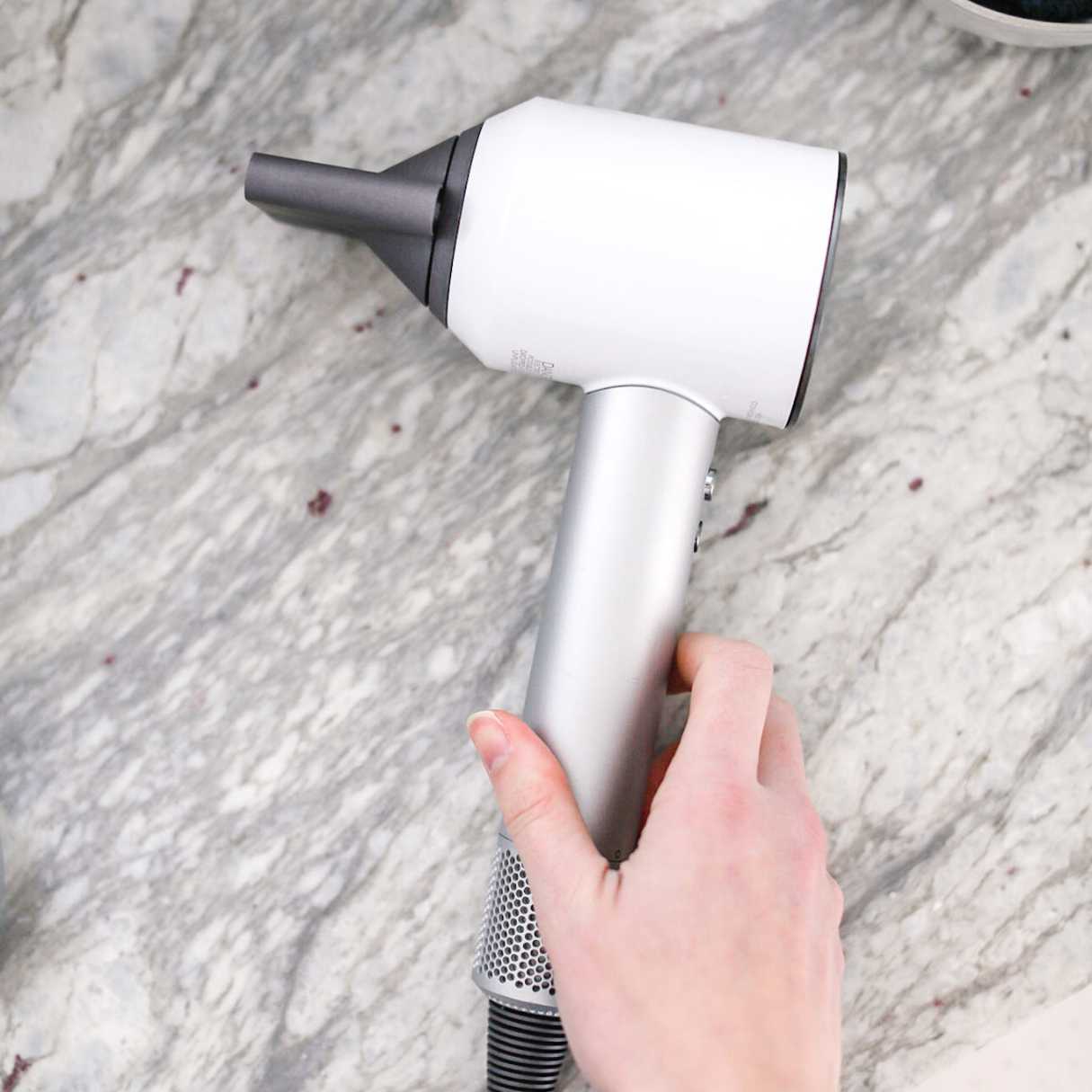
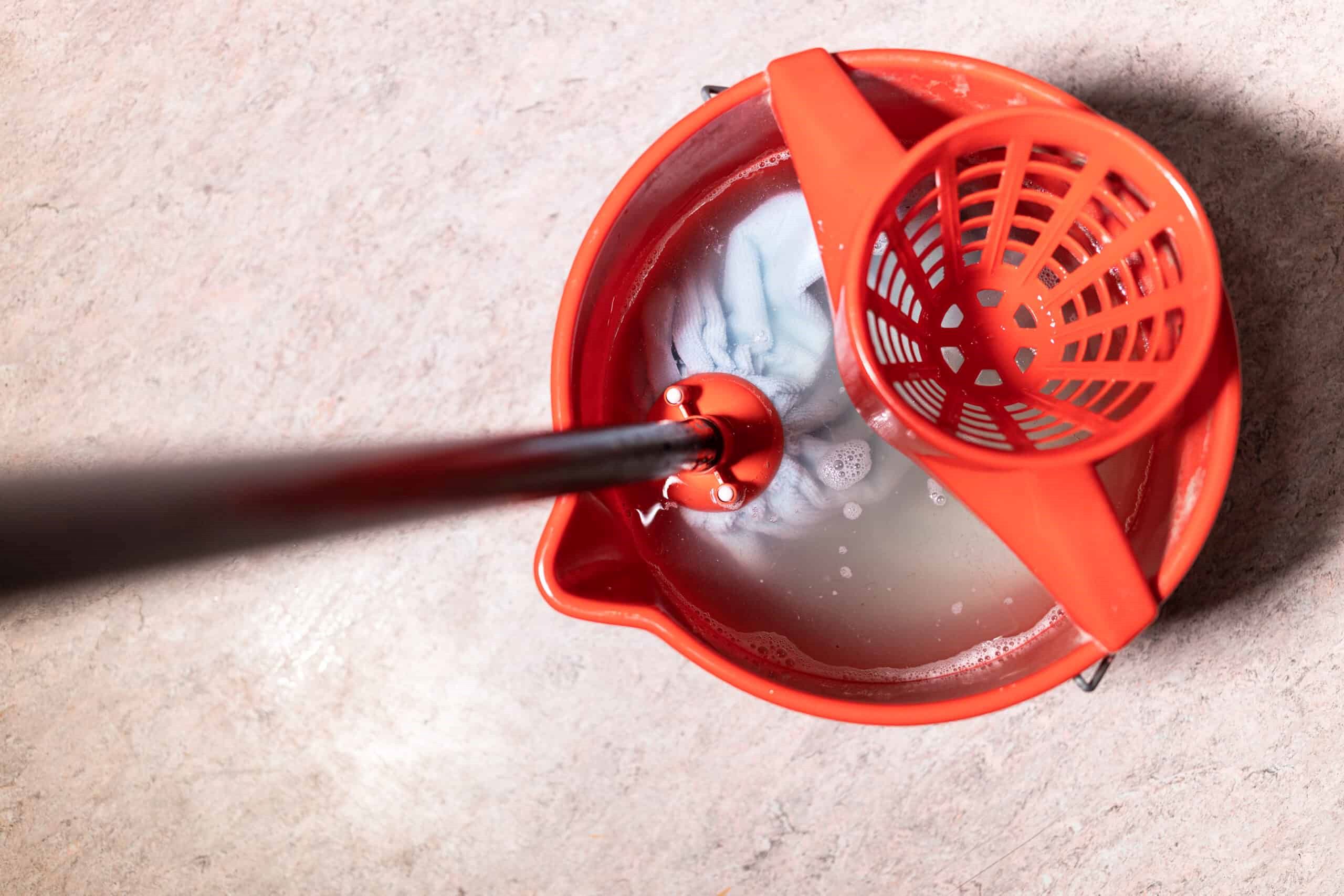
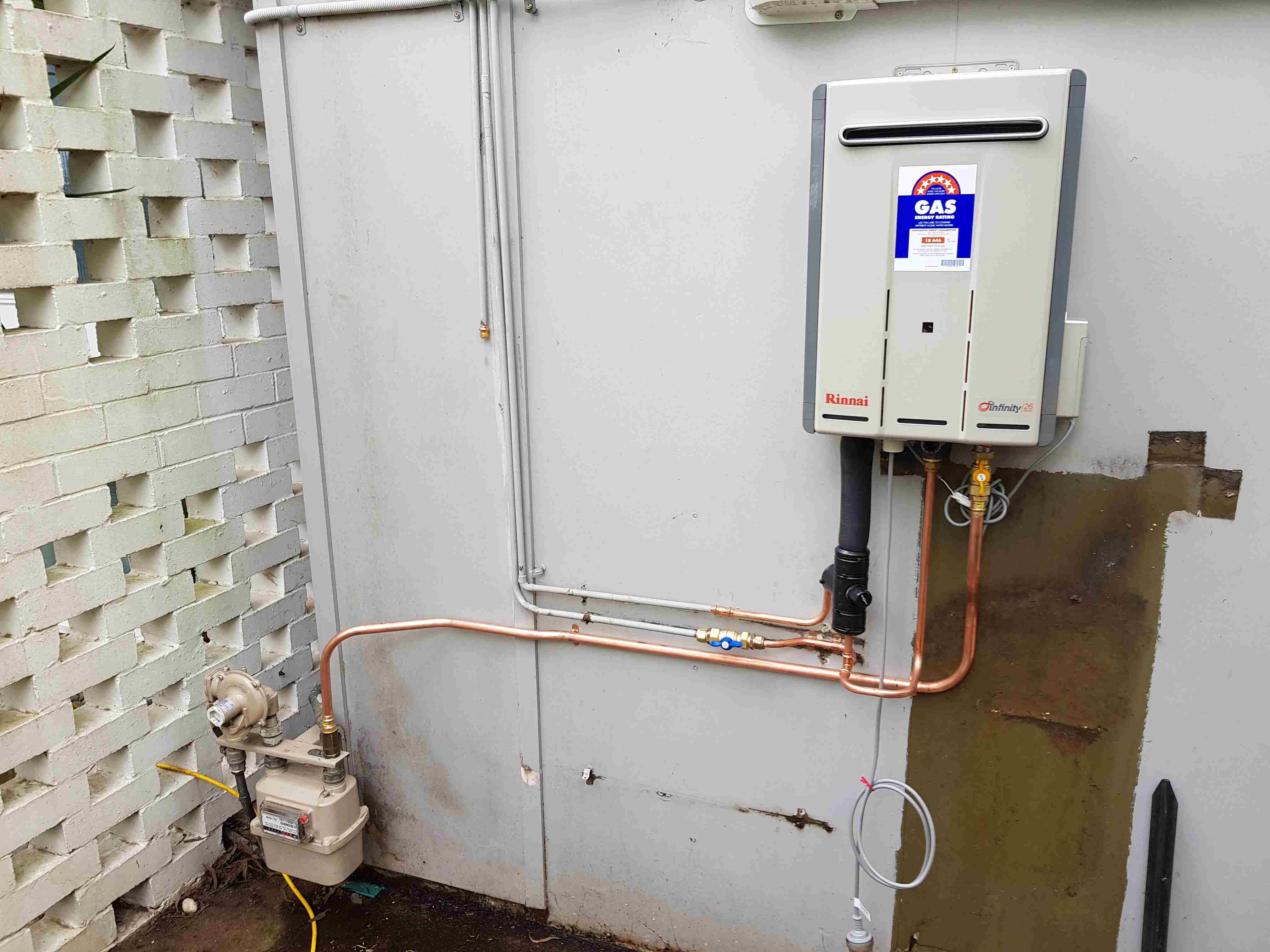
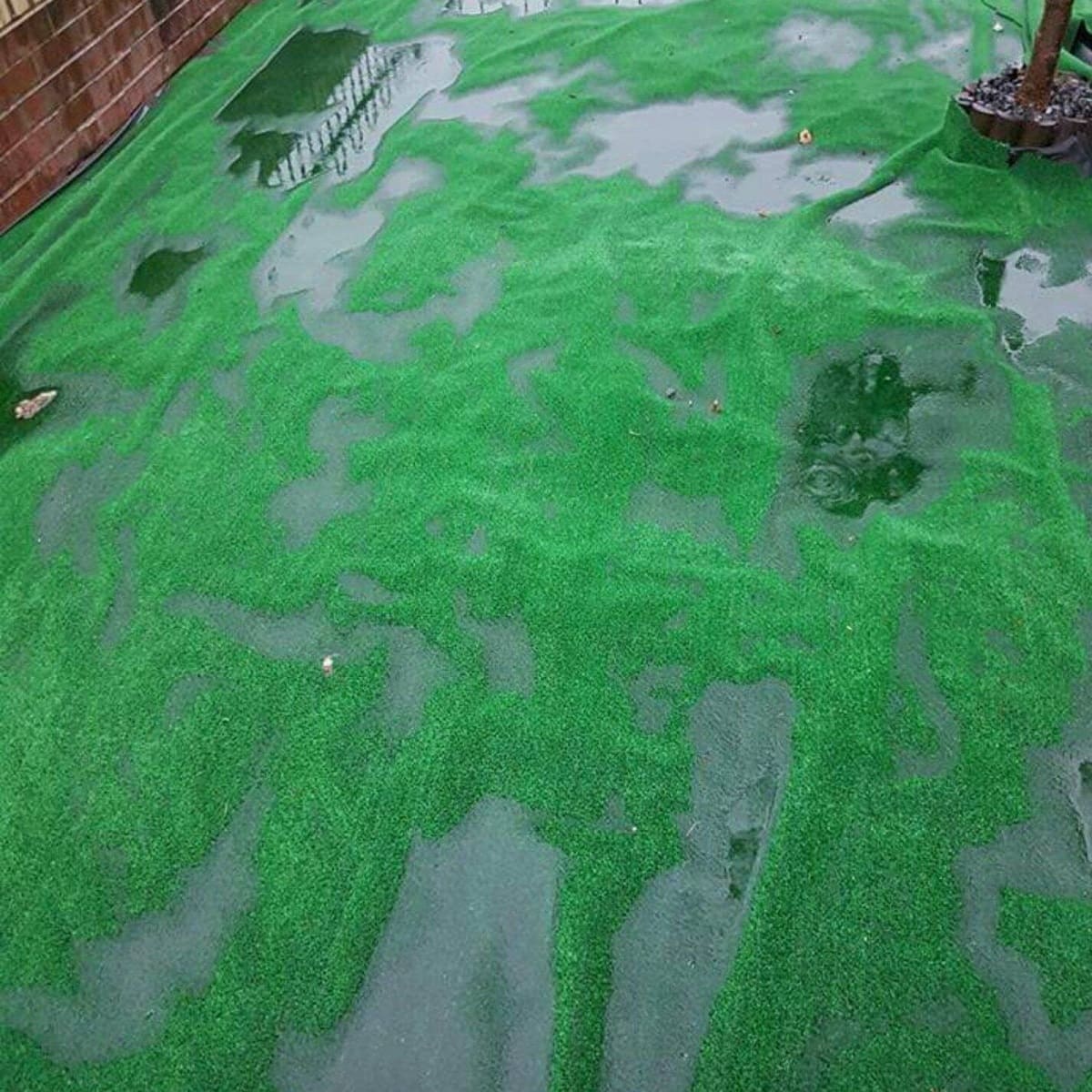
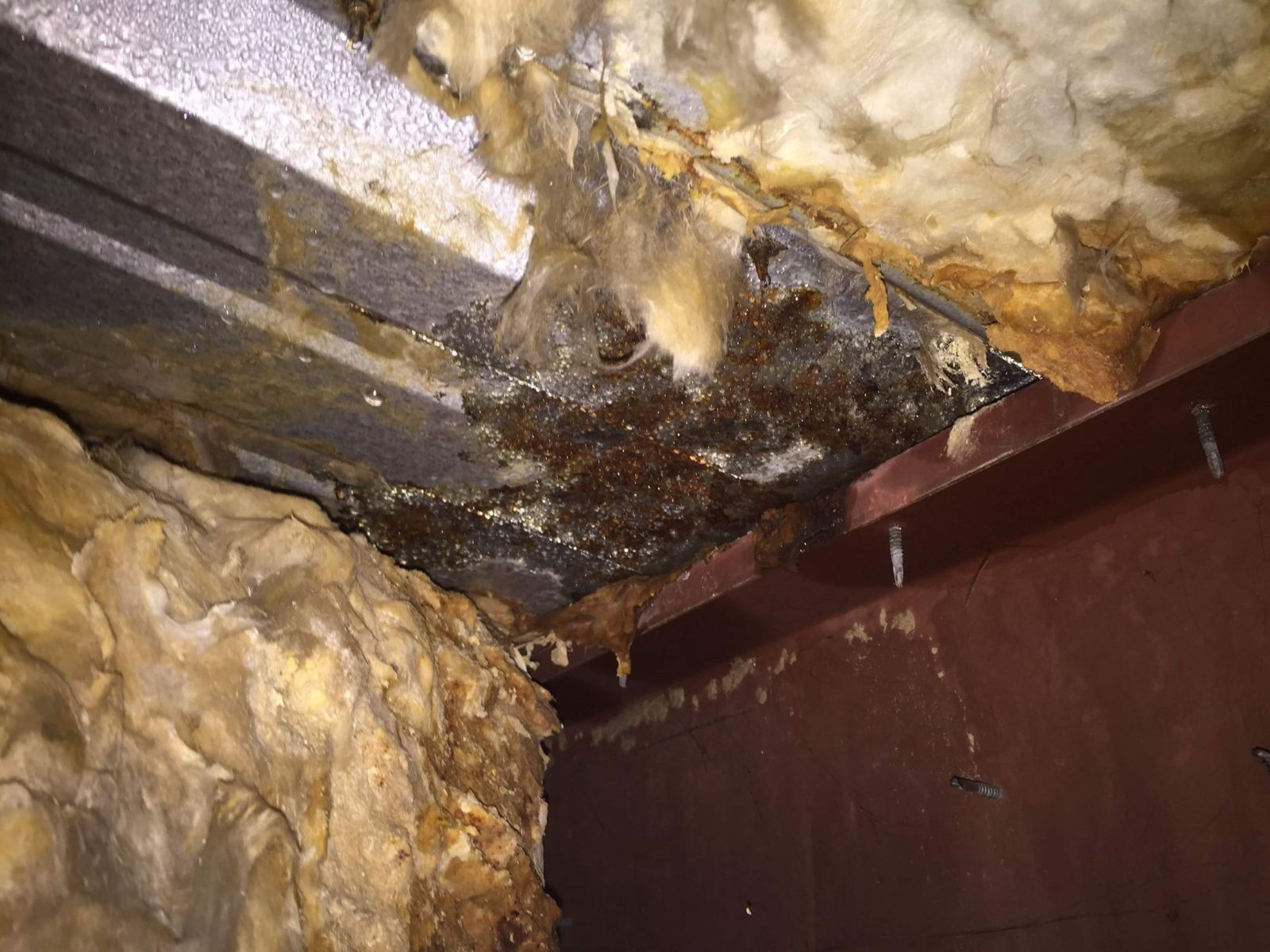
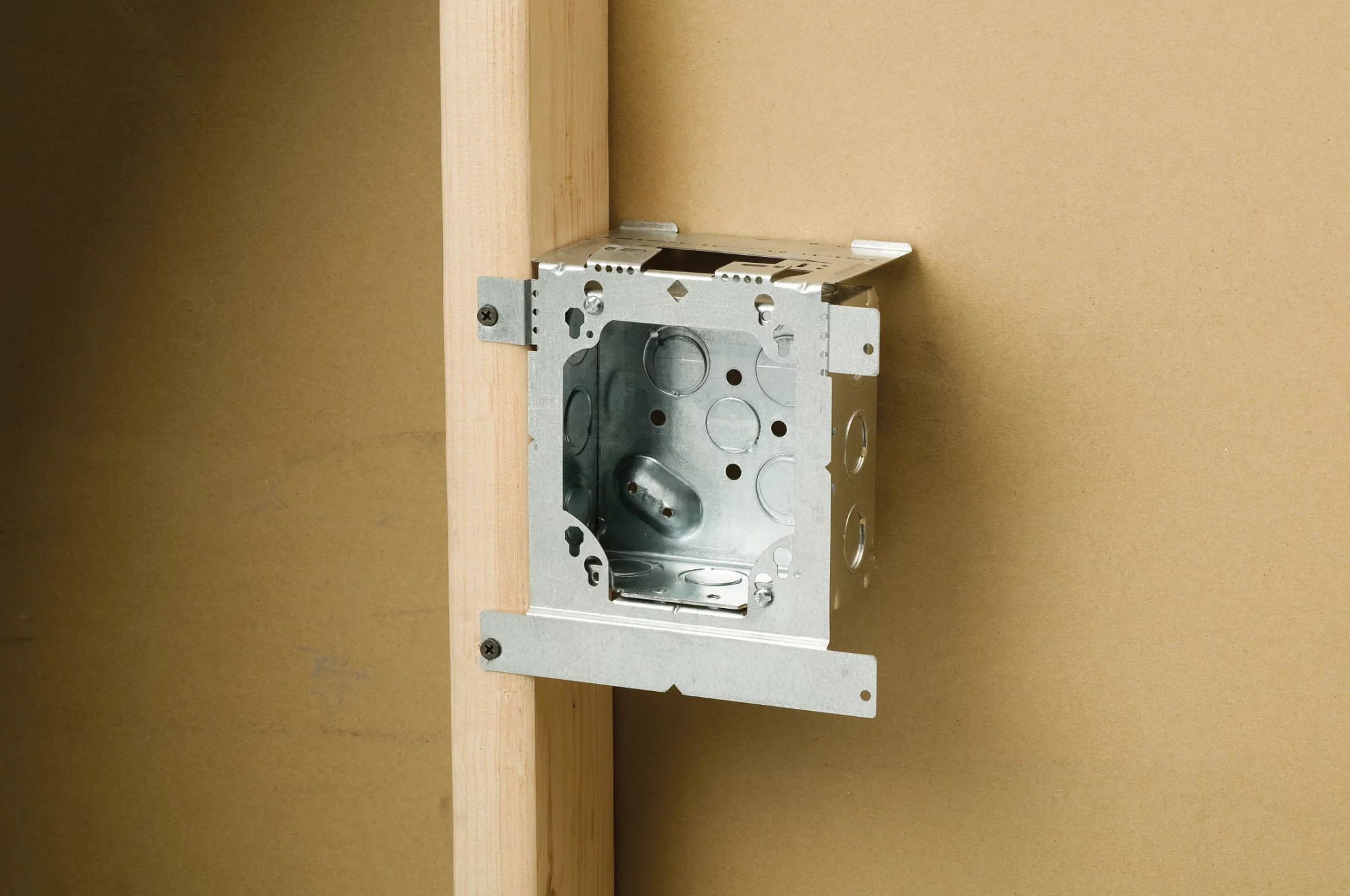
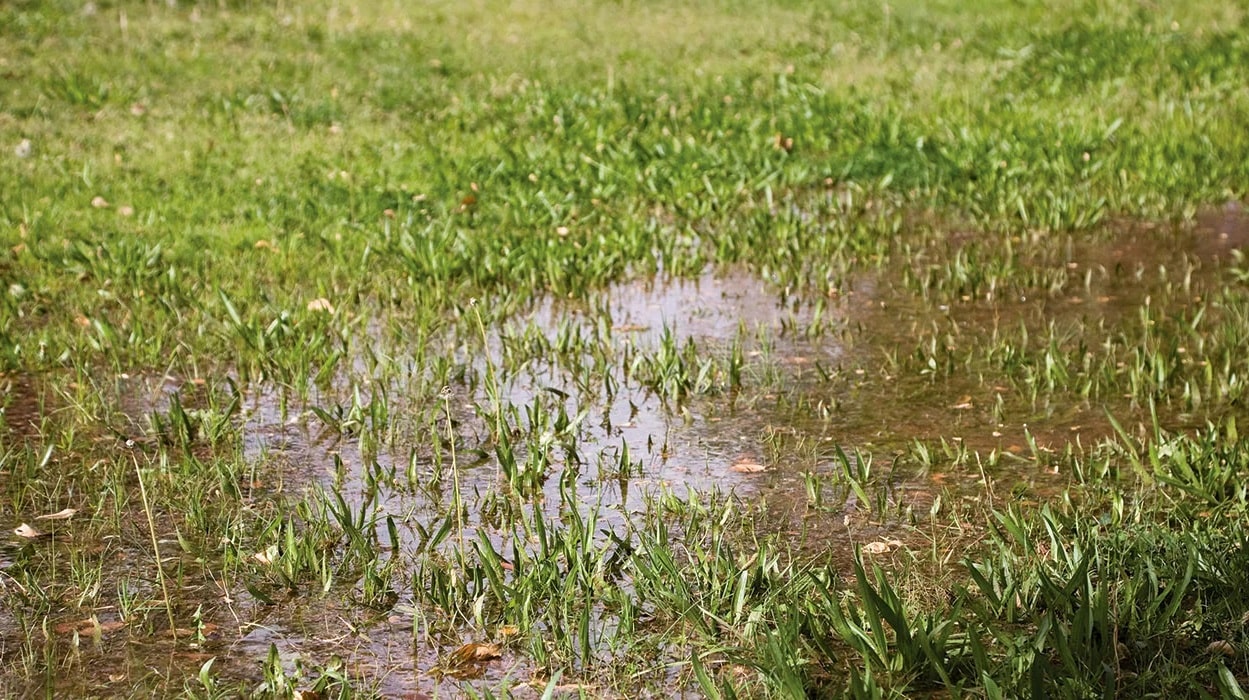


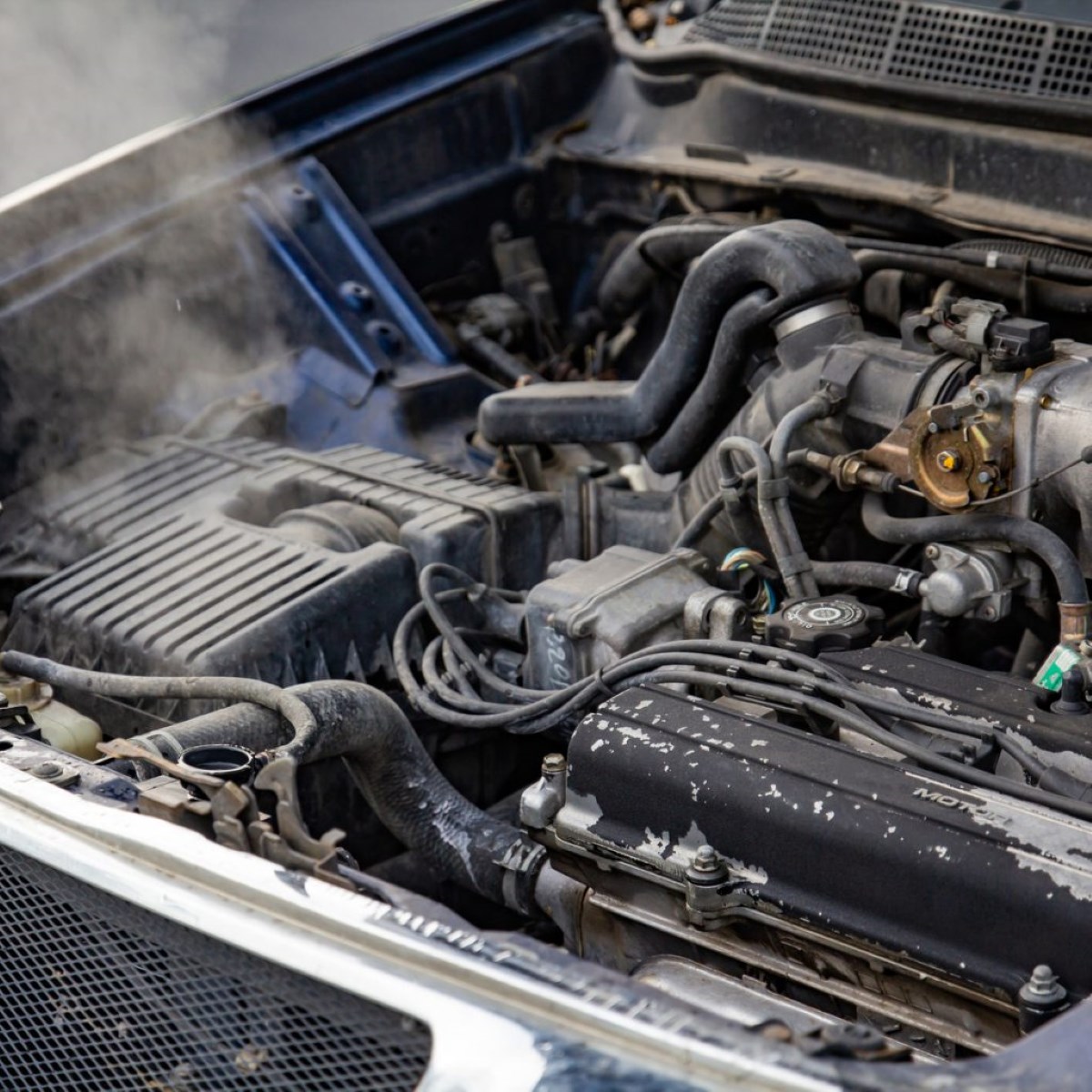
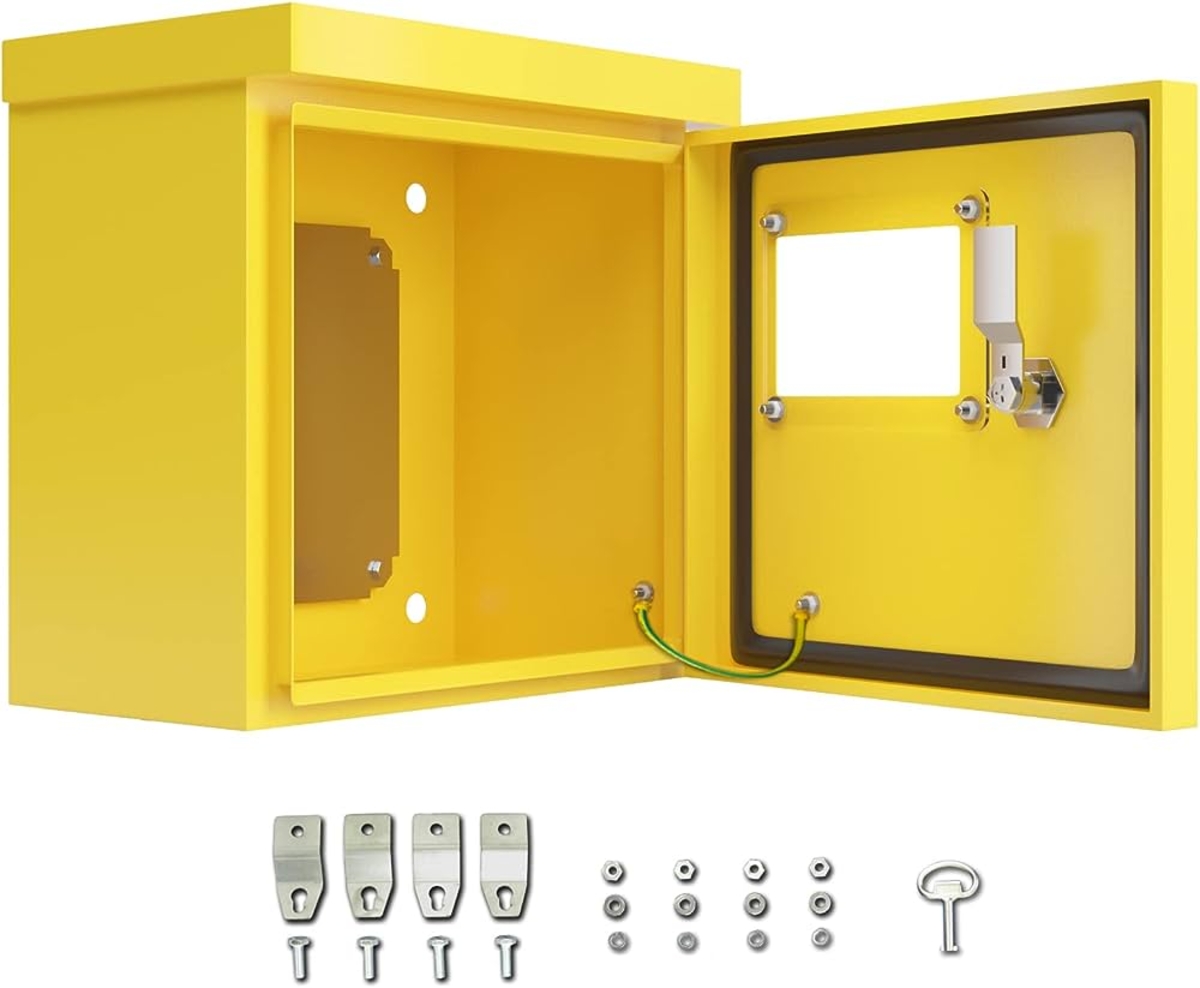


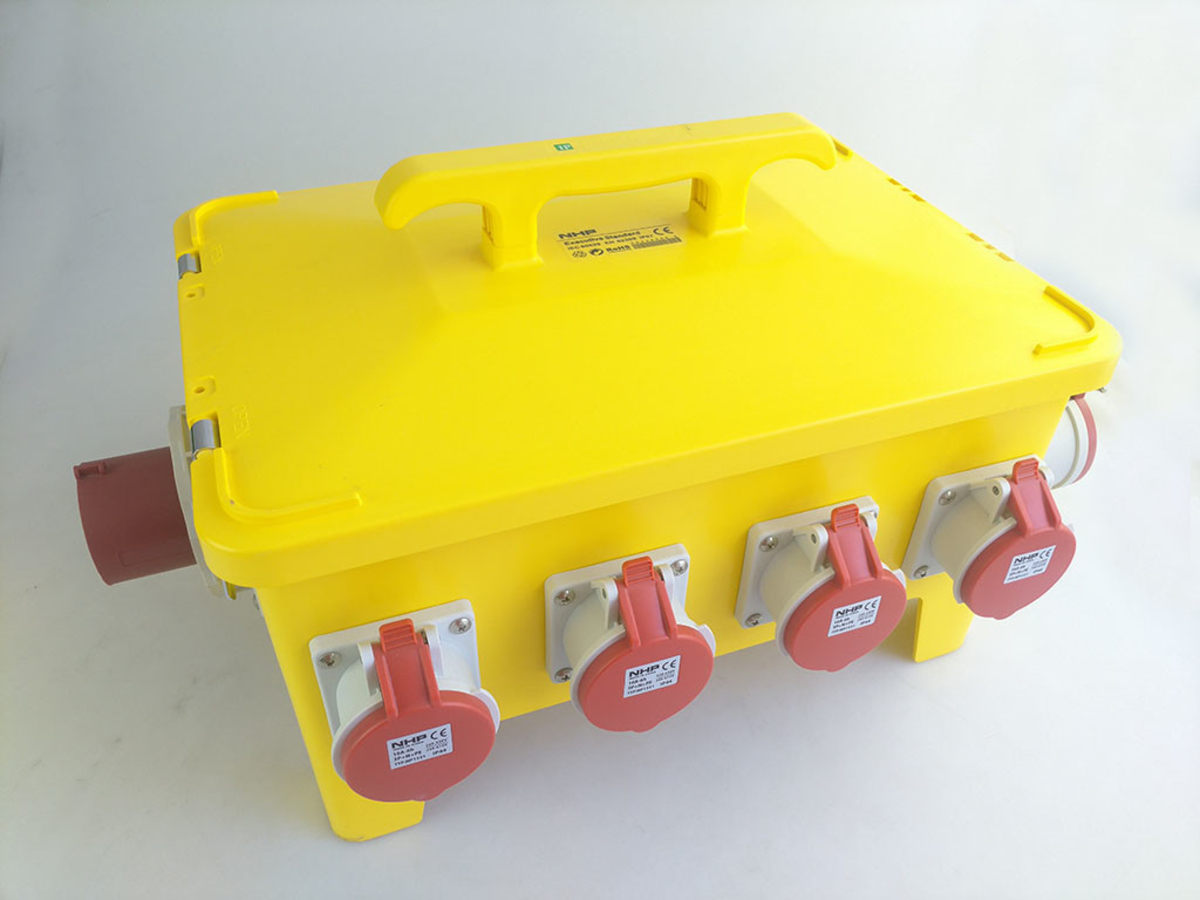

0 thoughts on “What Happens If Water Gets Into An Electrical Box”